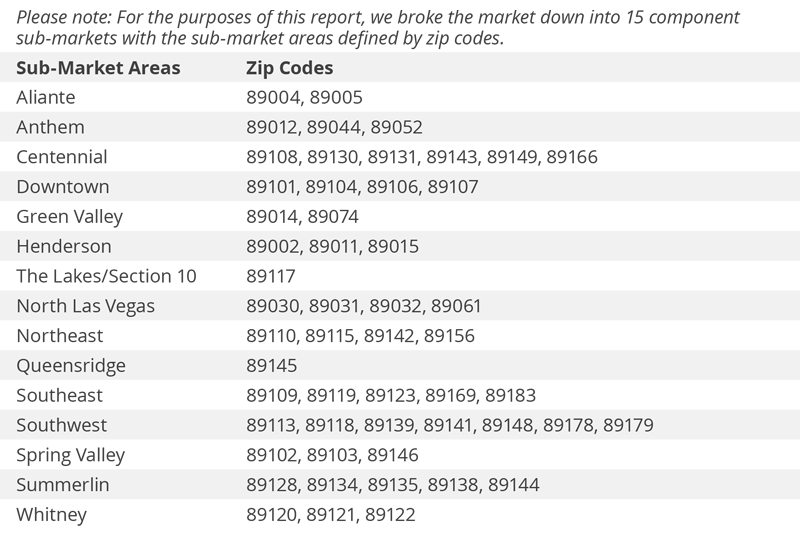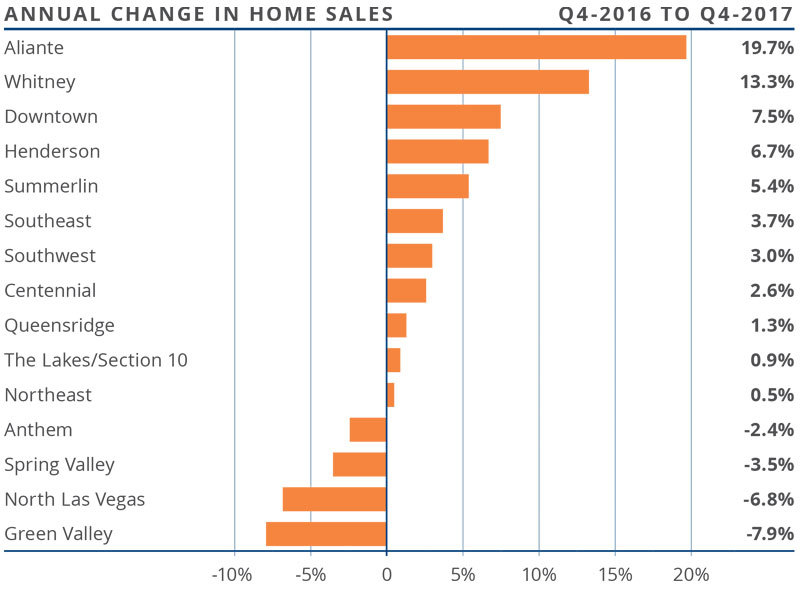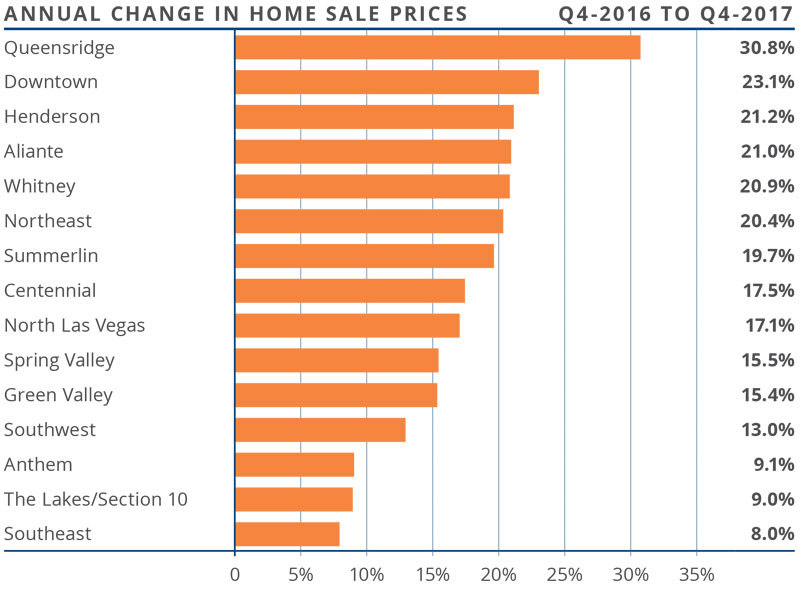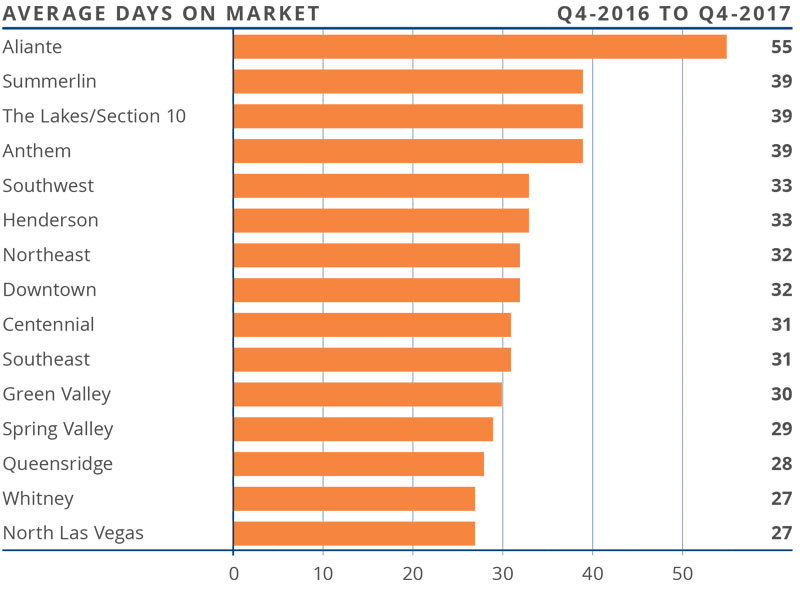ECONOMIC OVERVIEW
 Employment in the Las Vegas metropolitan area continues to moderate but, with a year-over-year employment growth rate of 2.7%, the region is still performing well above the national average of 1.4%. Over the past 12 months, the area has added 25,500 new jobs. This has led to a respectable unemployment rate of 5.3%. This is the same rate as a year ago, but that should not be any cause for concern, as we have seen a fairly large increase in the labor force, which can slow the drop in the unemployment rate.
Employment in the Las Vegas metropolitan area continues to moderate but, with a year-over-year employment growth rate of 2.7%, the region is still performing well above the national average of 1.4%. Over the past 12 months, the area has added 25,500 new jobs. This has led to a respectable unemployment rate of 5.3%. This is the same rate as a year ago, but that should not be any cause for concern, as we have seen a fairly large increase in the labor force, which can slow the drop in the unemployment rate.
With the region approaching full employment, I expect wages to continue rising at aboveaverage rates. The latest data shows average weekly earnings up 4.7% year-over-year. This should allow further home price increases as we move into the new year.
HOME SALES ACTIVITY
- A total of 8,156 homes sold in the last quarter of 2017—a 2.2% increase over the same period a year ago. With an increase of 4.7% in pending sales, I expect to see an impressive number of closings in the first quarter of 2018.
- Home sales slowed relative to the final quarter of 2016 in four market areas. I am not concerned, though, as this was primarily due to a lack of available inventory.
- Sales rose substantially in the Aliante and Whitney sub-markets, where transactions rose by 19.7% and 13.3%, respectively. Several other sub-markets saw positive sales growth, but at more modest levels due to inventory constraints.
- Inventory levels remain remarkably low, with 33.6% fewer homes for sale than in the same period in 2016. As much as I would like to see a bump in listings in early 2018, I think it’s unlikely. The market will remain out of balance for the foreseeable future, with demand outstripping supply.

HOME PRICES
- Home prices in the area have risen by 15.9% year-over-year to an average of $277,155.
- There were double-digit gains in twelve neighborhoods, and only three sub-markets saw prices rise by less than 10%.
- Prices rose in all sub-markets compared to the fourth quarter of 2016. The strongest growth was in the Queens Ridge submarket, where prices were up by a very impressive 30.8%.
- I maintain my belief that above-average price growth in the greater Las Vegas market will continue through 2018. Robust job growth—in concert with limited inventory and favorable borrowing rates—continues to drive demand for housing.

DAYS ON MARKET
- The average time it took to sell a home in the region dropped by 14 days compared to the fourth quarter of 2016.
- It took an average of just 34 days to sell a home in the fourth quarter.
- The length of time it took to sell a home dropped in all Las Vegas sub-markets compared to a year ago.
- The greatest drop in days-on-market was in the Whitney sub-market, which dropped by 26 days when compared to the same quarter in 2016. Homes in this area sold in 27 days on average.

CONCLUSIONS
 The speedometer reflects the state of the region’s housing market using housinginventory, price gains, home sales, interest rates, and larger economic factors. Employment growth in Clark County, although slowing modestly, is still very positive. This, when combined with low inventory levels and competitive mortgage rates, will push home prices higher. Given these factors, I have moved the speedometer a little further in favor of sellers.
The speedometer reflects the state of the region’s housing market using housinginventory, price gains, home sales, interest rates, and larger economic factors. Employment growth in Clark County, although slowing modestly, is still very positive. This, when combined with low inventory levels and competitive mortgage rates, will push home prices higher. Given these factors, I have moved the speedometer a little further in favor of sellers.

Matthew Gardner is the Chief Economist for Windermere Real Estate, specializing in residential market analysis, commercial/industrial market analysis, financial analysis, and land use and regional economics. He is the former Principal of Gardner Economics, and has more than 30 years of professional experience both in the U.S. and U.K.
 Facebook
Facebook
 X
X
 Pinterest
Pinterest
 Copy Link
Copy Link



